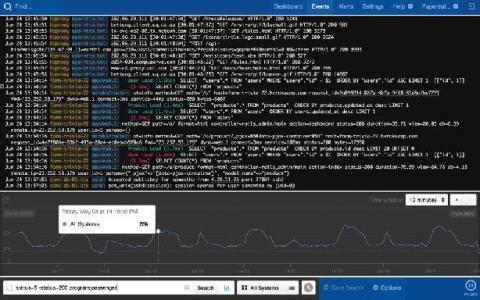The Cost of NOT Monitoring Every Application
If you’ve been building or supporting applications for a while, you’ve probably experienced the uncomfortable postmortem meetings that inevitably follow significant service interruptions. You know how it works. There was a critical outage in one of your apps and it took the team an entire week to track down and fix the issue. Customers and revenue were lost. Now you’re sitting in a large conference room with executives to discuss what happened and why.










